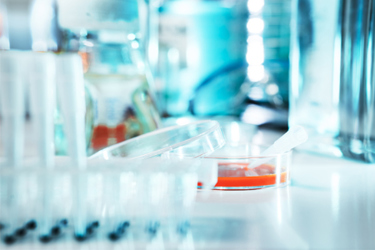A New Transfection System Tailored For Optimized AAV Production
By John Schiel, Mirus Bio

In adeno-associated virus (AAV) manufacturing, early emphasis is often placed on maximizing titers to demonstrate feasibility. However, titers alone do not guarantee clinical or commercial success. A critical quality attribute (CQA) increasingly under scrutiny is the percentage of full capsids—particles that contain the intended genetic payload. Empty or partially filled capsids dilute the functional dose, raise safety concerns, and may provoke unwanted immune responses without delivering therapeutic benefit. As regulators and industry stakeholders demand higher vector purity, acceptable thresholds for percent full are moving upward from historical norms of 70–80% toward even greater purities.
Balancing high titers with a high proportion of full capsids is therefore essential. This alignment ensures that limited bioreactor capacity translates into clinically meaningful doses while reducing cost per treatment. Moreover, minimizing partial capsids mitigates risks of falling below therapeutic thresholds, a concern in tightly defined dosing regimens. Early integration of capsid composition analysis into process development allows manufacturers to anticipate scalability challenges, refine upstream strategies, and build platforms capable of supporting late-stage and commercial supply.
Get unlimited access to:
Enter your credentials below to log in. Not yet a member of Bioprocess Online? Subscribe today.
